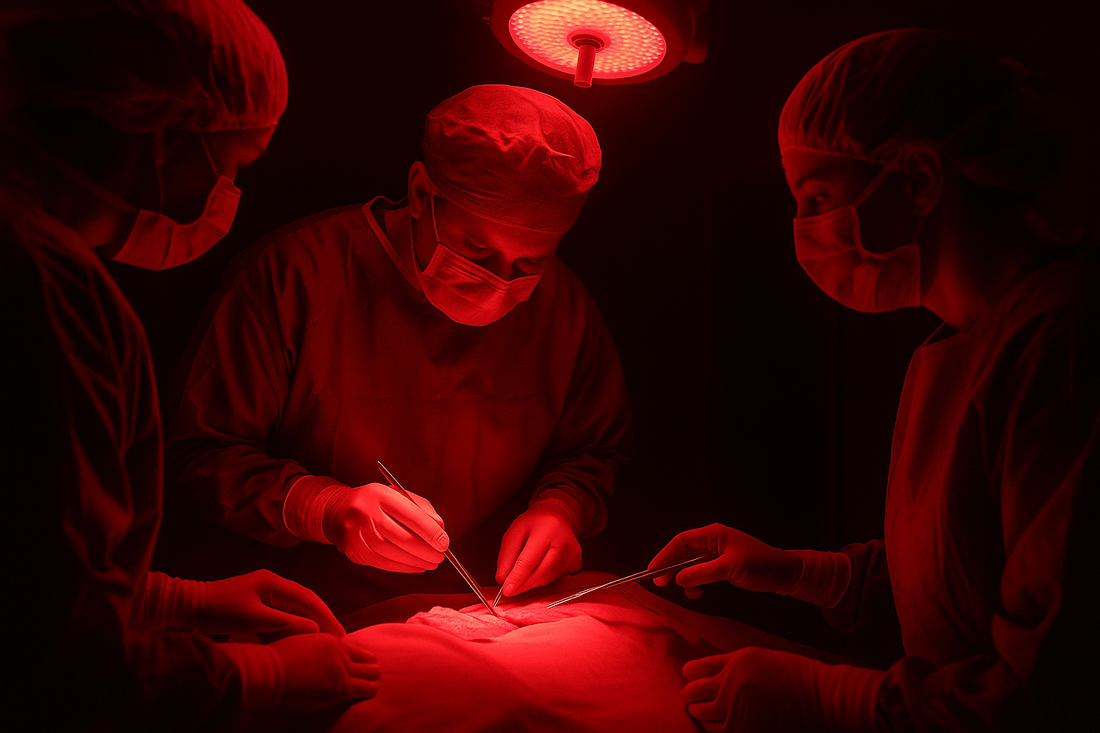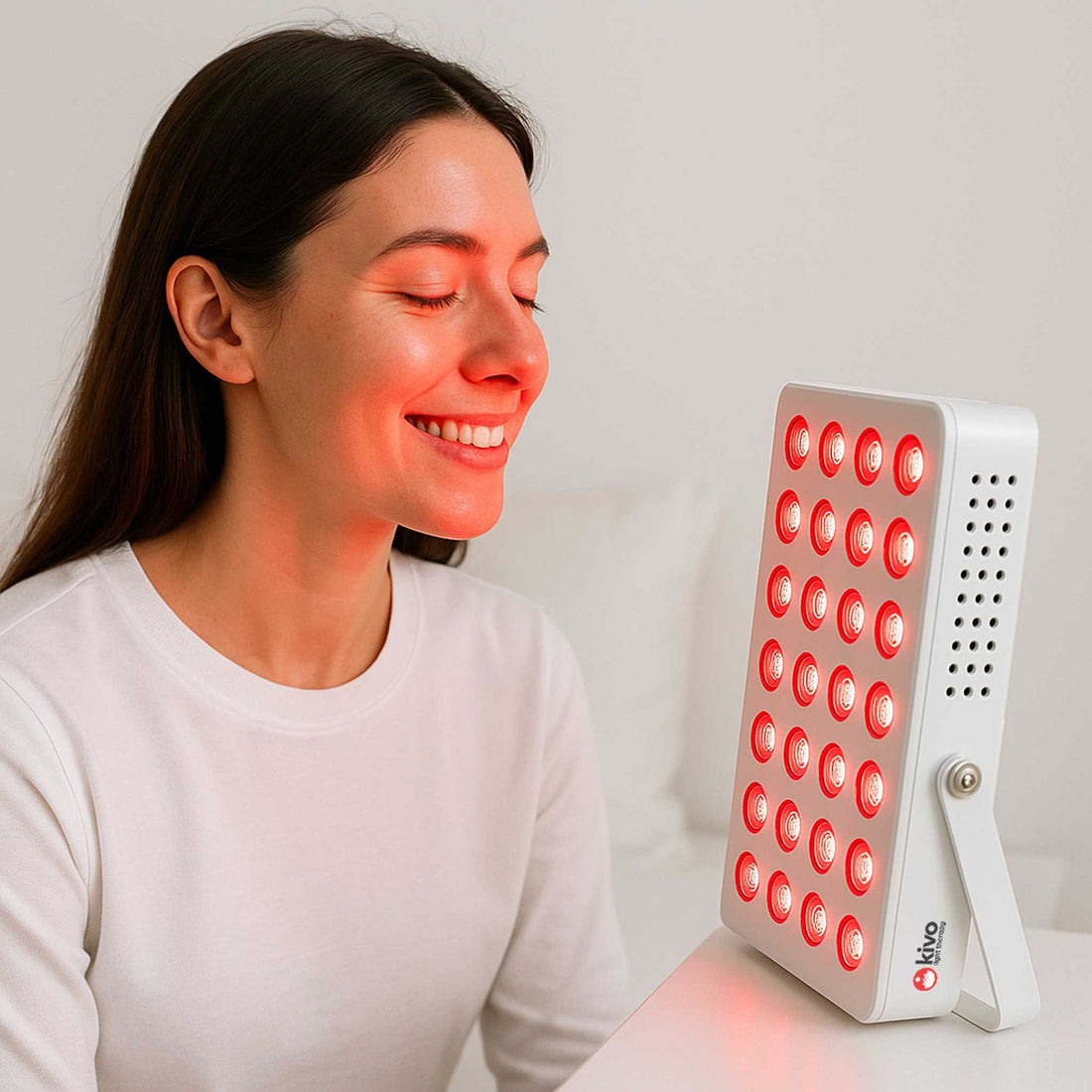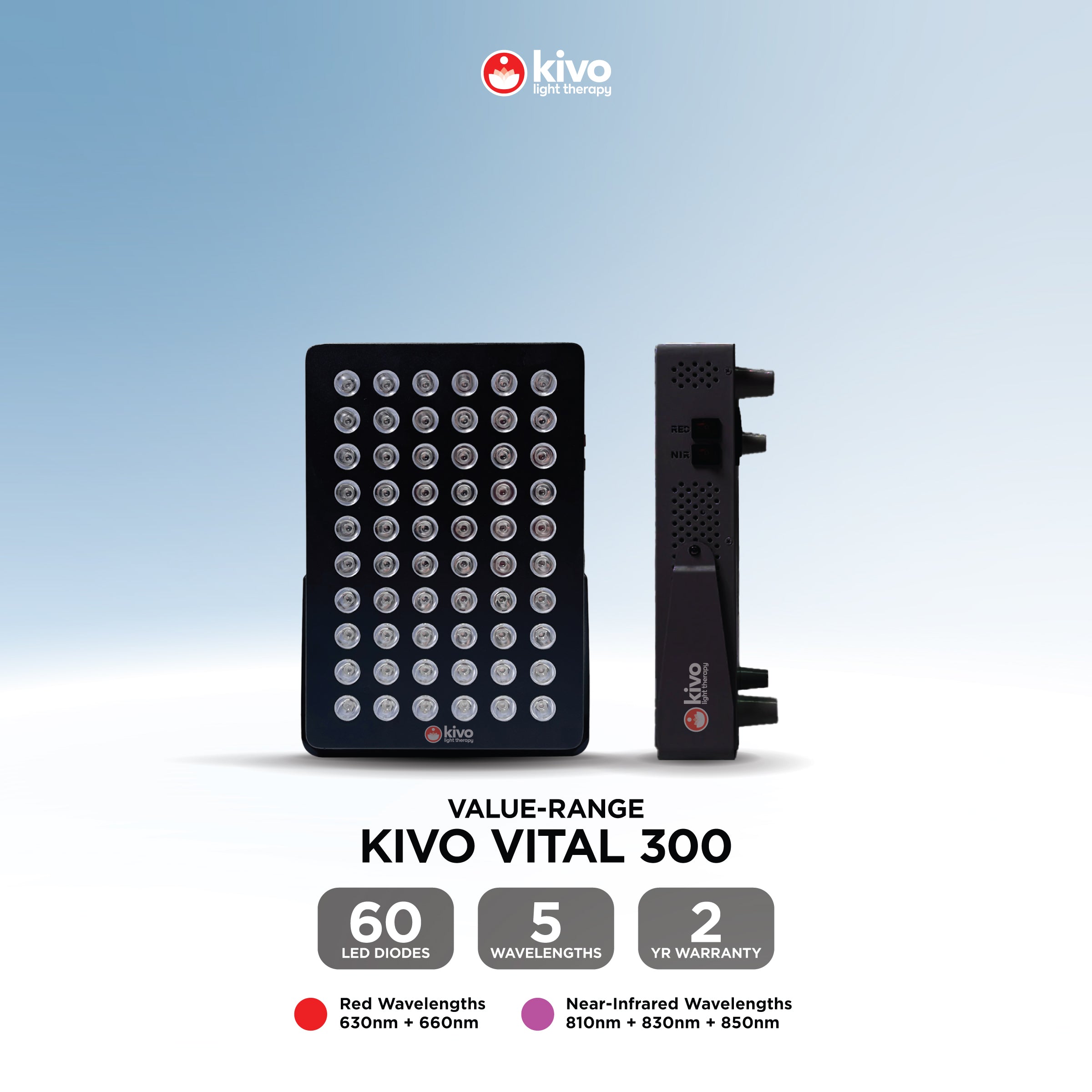Learn about Red Light Therapy
Red Light & Near-Infrared Therapy for Concussions & Head Injury Recovery
Red and near-infrared light therapy—also known as photobiomodulation—is emerging as a promising treatment for concussions and brain injuries. By boosting cellular energy, improving blood flow, and reducing inflammation, red light helps the brain recover naturally after trauma. Clinical studies from institutions like Mass General Hospital and JAMA Network show it can improve brain connectivity, memory, and mood following head injuries.
Learn moreHow Red Light & Near-Infrared Therapy Can Optimize Pre-Op and Post-Op Surgical Recovery
Red and near-infrared light therapy (often called photobiomodulation) can be a powerful ally before and after surgery. By boosting cellular energy, improving circulation, and reducing inflammation, this safe, non-invasive treatment helps your body recover faster, with less pain and smoother healing. When used pre-surgery, it “preconditions” tissues for better resilience, and post-surgery it supports faster wound repair and scar reduction.
Learn more3 minutes of red light therapy can improve a person’s vision
Clinical Overview: 3 minute morning exposure to Red Light improves eyesight Introduction Mitochondrial dysfunction has emerged as a core mechanism behind many aging-related changes in physiology, including progressive visual decline. Recent research from University College London (UCL) suggests that targeted exposure to deep red light—specifically at 670 nm—may partially restore mitochondrial function in human photoreceptors. In this article, we explore the study’s design and findings in detail, discuss mitochondrial bioenergetics in ocular tissues, and offer evidence-based recommendations for implementing red light therapy at home. We also link findings to Kivo’s red light products, which are designed to meet these parameters. The Role of Mitochondria in Retinal Aging Bioenergetic Demand of Photoreceptors The retina, particularly its photoreceptors (rods and cones), has one of the highest metabolic rates of any tissue in the human body. It requires continuous ATP generation for visual signal transduction, synaptic transmission, and photopigment regeneration. As humans age, mitochondrial respiration declines, ATP production drops, and reactive oxygen species (ROS) increase. This results in impaired photoreceptor function and a decline in both scotopic (night) and photopic (daylight/color) vision. Mitochondrial Decline After Age 40 Multiple studies have shown a steep decline in retinal mitochondrial efficiency by midlife, with some estimates suggesting a 70% reduction in ATP output by age 70. This bioenergetic shortfall correlates with clinical observations of diminished visual contrast, color discrimination, and visual acuity in aging adults. The UCL Study: Design, Exposure Protocol, and Results Study Design Published in Scientific Reports and summarized by Ophthalmology Times, the UCL study was led by Professor Glen Jeffery and investigated the effects of short-duration exposure to 670 nm deep red light on color contrast sensitivity in healthy adults aged 34–70. Sample: 20 participants, both male and female Age range: 34–70 Inclusion criteria: No history of ocular pathology, normal baseline visual function Exposure Parameters Wavelength: 670 nanometers Duration: 3 minutes Frequency: Once per week Intensity: ~8 mW/cm² (non-thermal, well below phototoxicity thresholds) Time of day: Morning (between 8–9 AM) This low-level exposure does not damage retinal tissue, nor does it induce photobleaching. It instead serves to stimulate cytochrome c oxidase, the terminal enzyme in mitochondrial complex IV, enhancing ATP synthesis. Outcome Measures The primary outcome was color contrast sensitivity, assessed using standardized clinical tests. Measurements were taken: Baseline: Before red light exposure Post-Exposure: 3 hours after exposure Follow-Up: 1 week after exposure Key Results Average improvement in color contrast sensitivity: ~17% Maximum improvement in older subjects: ~20% Effect duration: Sustained at least 7 days Afternoon exposure (12–1 PM): No measurable benefit These results reinforce previous findings that retinal mitochondria exhibit diurnal variation in responsiveness, with higher red-light sensitivity in the morning. Clinical Insight: This is consistent with circadian control of mitochondrial respiration, likely modulated by the retinal suprachiasmatic input pathway. Mechanism of Action: How 670 nm Light Affects Mitochondria Cytochrome c Oxidase Activation 670 nm red light falls within the photobiomodulation window (600–900 nm). This range penetrates tissue efficiently and is absorbed by cytochrome c oxidase. The result is: Increased electron transport Enhanced mitochondrial membrane potential Higher ATP output Reduced oxidative stress markers Specificity to Morning Exposure Morning responsiveness likely results from circadian upregulation of cytochrome c oxidase activity. Additionally, retinal mitochondrial respiration peaks earlier in the day, suggesting a time-of-day–dependent therapeutic window. Clinical Implications for Home Use Safety Profile The intensity used (~8 mW/cm²) is far below retinal phototoxicity thresholds. No adverse events were reported. However, guidance on eye safety is essential for home users. Refer to Is Red Light Therapy Safe for Your Eyes?, which outlines proper usage and protective eyewear considerations. Exposure Timing and Duration Ideal timing: 8–9 AM local time Duration: 3 minutes per week Distance: 30–50 cm from the device This matches the protocol used in the UCL study. For help on session timing and placement, see How Long Should You Use a Red Light Therapy Panel For?. Red Light Panels Designed for Retinal Support Kivo’s Red Light Therapy Panels deliver clinically relevant 670 nm wavelengths with intensities similar to those validated in the UCL study. Units such as the Kivo Mini and Kivo Pro Panel are calibrated for safe and effective facial use. Key features include: 670 nm wavelength support Low EMF output Quiet cooling Built-in timer for 3-minute sessions Optional eye shields included You can learn more in our article: Red Light Therapy for Eyes & Eye Health Future Research and Limitations Study Size This was a pilot study with 20 subjects. Larger, multicenter randomized controlled trials (RCTs) are required to validate findings and assess long-term benefit. Objective Measures Future research may employ ERG (electroretinography), optical coherence tomography (OCT), and molecular biomarkers to quantify mitochondrial recovery and correlate it with functional vision gains. Disease-Specific Application While this study targeted normal aging, red light therapy is under investigation for conditions such as: Age-related macular degeneration (AMD) Diabetic retinopathy Glaucoma Initial findings suggest possible benefit in early-stage AMD, but these applications remain investigational. Best Practices for At-Home Use Parameter Recommendation Device Kivo panel with 670 nm support Timing Between 8–9 AM Duration 3 minutes once per week Distance 30–50 cm from eyes Goggles Optional, depending on tolerance and brightness Skin Contact Not necessary—panel may be placed on a table Consistency Weekly sessions recommended Download our free Vision Wellness Tracking Sheet from mykivo.com to help monitor personal progress. Conclusion This study represents a compelling new use for low-level red light therapy: targeted, non-invasive retinal rejuvenation through mitochondrial stimulation. With no known side effects, minimal cost, and a clearly defined dosing schedule, this is a promising area of home-based preventative vision care. Kivo provides professional-grade devices specifically built around this wavelength and intensity. For those over 40 seeking to protect or enhance their vision, Kivo’s red light panels may provide an accessible, scientifically grounded solution. Explore Kivo’s full collection of red light therapy devices or read more on the science in our blog: Red Light Therapy for Eyes & Eye Health Is Red Light Therapy Safe for Your Eyes? How Long Should You Use a Red Light Therapy Panel For?
Learn more




